Childhood Anxiety Symptoms Checklist
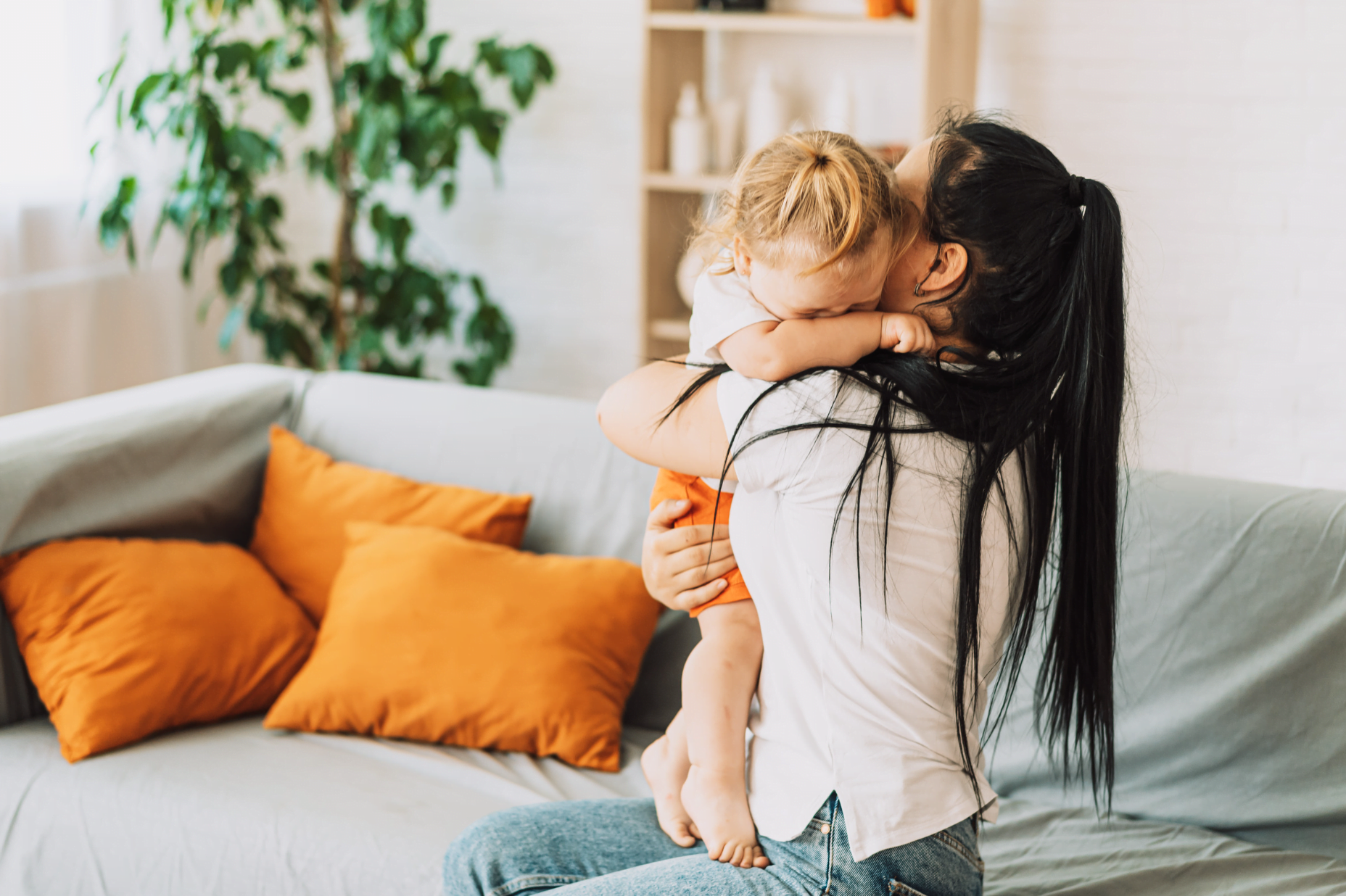
No matter what you do as a parent your little ones are likely to feel some anxiety at times in their childhood; whether it's those first-day-of-term jitters, nerves before the school play, or usual exam stress. That's just normal anxiety and part of growing up.
But for some children, experiencing stronger worries or anxious feelings most days can interfere their ability to enjoy day-to-day life. These frequent and overwhelming worries might indicate an anxiety disorder, which in many cases can been treated effectively with the right help.
In this article, Clinical Psychology Dr Hannah Stratford, talks about what to do as a parent if you think your children may be experience anxiety. You'll find an easy to use checklist of questions based on the clinical criteria that doctors and child psychologists use to diagnose childhood anxiety disorders.
Anxiety Symptoms Checklist For Kids
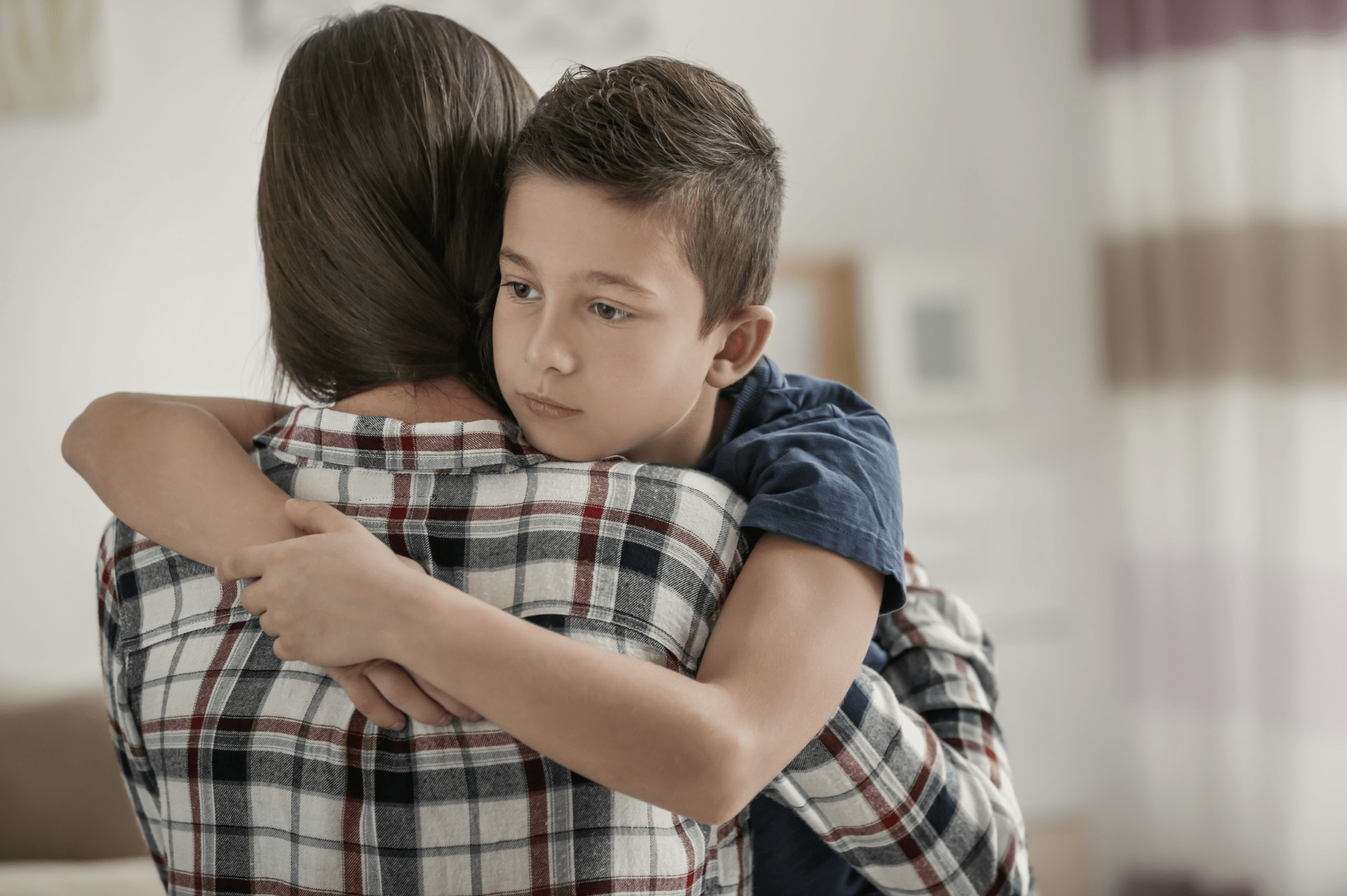
Answer the questions in the following checklist to understand whether your child's feelings indicate an anxiety disorder that could might be helped by a health professional.
The results are most accurate if a child answers the questions themselves, but if they're younger (6 years or below) you may need to base your answers on what you notice as a parent.
1. Physical Symptoms
In the last month has your child felt any of the following when upset?
◯ Feeling that it is hard to breath or they are choking
◯ Headaches or stomach aches when in one particular place (like school)
◯ Feeling dizzy or like they will pass out
◯ Their heart racing or beating fast
◯ Shaking uncontrollably
◯ Sweating or feeling very hot
◯ Feeling sick or vomiting when upset
Physical symptoms like your heart racing are common signs of anxiety. This is as much true for adults as it is for kids. While they can be a normal part of life regular overwhelming physical symptoms can benefit from treatment.
2. Social and Behavioural Worries
In the last month has your child had worries about any of the following?
◯ Not wanting to spend time with people
◯ Worries that other people don't like them
◯ Being nervous or shy around people they don't know, even if you're there
◯ Trouble speaking out loud to people
◯ Feeling they are not 'good' as other kids or cannot do things well
◯ Scared about having to perform in front of others
◯ Fear going to school or refuse to go to school
◯ Worrying generally without any specific reason
◯ Feeling anxious about things that have already happened or are far off in the future
◯ Not wanting to go or stay at social events or places like parties or playgrounds
Social environments are a common source of anxiety for many children and young people. On their own these worries are often 'normal' and not an indicator of any mental health problem.
3. Separation and Sleep-Related Worries
In the last month has your child had problems with any of the following at night?
◯ Worrying or difficulty sleeping alone even for a short time
◯ Trouble sleeping when away from home
◯ Frightened on many nights with nightmares
◯ Trouble falling asleep or staying asleep (in primary school aged children or older)
Difficulties with sleep are a really common way for anxiety to manifest. While children often have some difficulties with sleep, if these are happening most nights and not changing as your little one grows they might be a cause for concern.
4. Fears and Phobias
In the last month has your child had fears about any of the following?
◯ Feeling frightened about things that are not real
◯ Frequent nightmares about a specific thing over and over
◯ Feeling afraid to be alone in the house (in older children)
◯ Worries that something bad might happen to them or their close family
Dr Stratford explains that the fears and phobias are often a way children use to process and understand the feelings they are having. They can be linked to real stressors in their life, but often in an indirect way that are not always obvious to us adults.
Interpreting Your Results
If you or your child said 'yes' to 4 or more of these questions, it might mean they're dealing with anxiety, and it could be helpful to have a chat with a healthcare professional, like a doctor or a psychologist.
The signs of anxiety are your child's way of expressing their worries or fears. The best approach initially is to acknowledge them and have open conversations about their feelings. Understanding and addressing the symptoms of anxiety is the first step to help your child cope better with their emotions and navigate stressful situations more comfortably.
How common are anxiety disorders in kids?
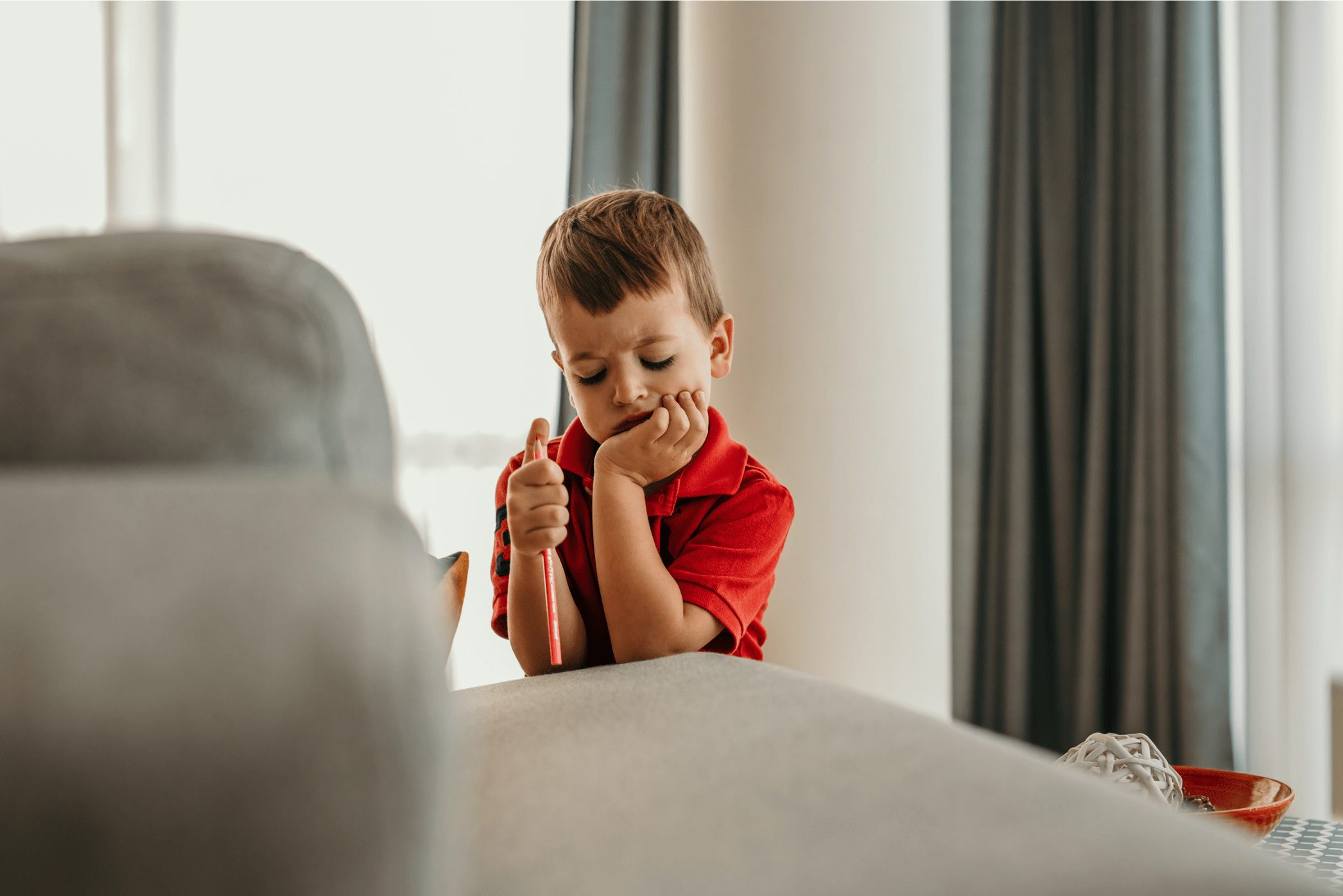
Childhood anxiety is very common; it's estimated that 1 in 8 kids are diagnosed with an anxiety disorder at some point during their childhood.
In the UK alone 5.6 million children (9.2%) needed help to treat anxiety in the last year.
What are the symptoms of anxiety in younger children
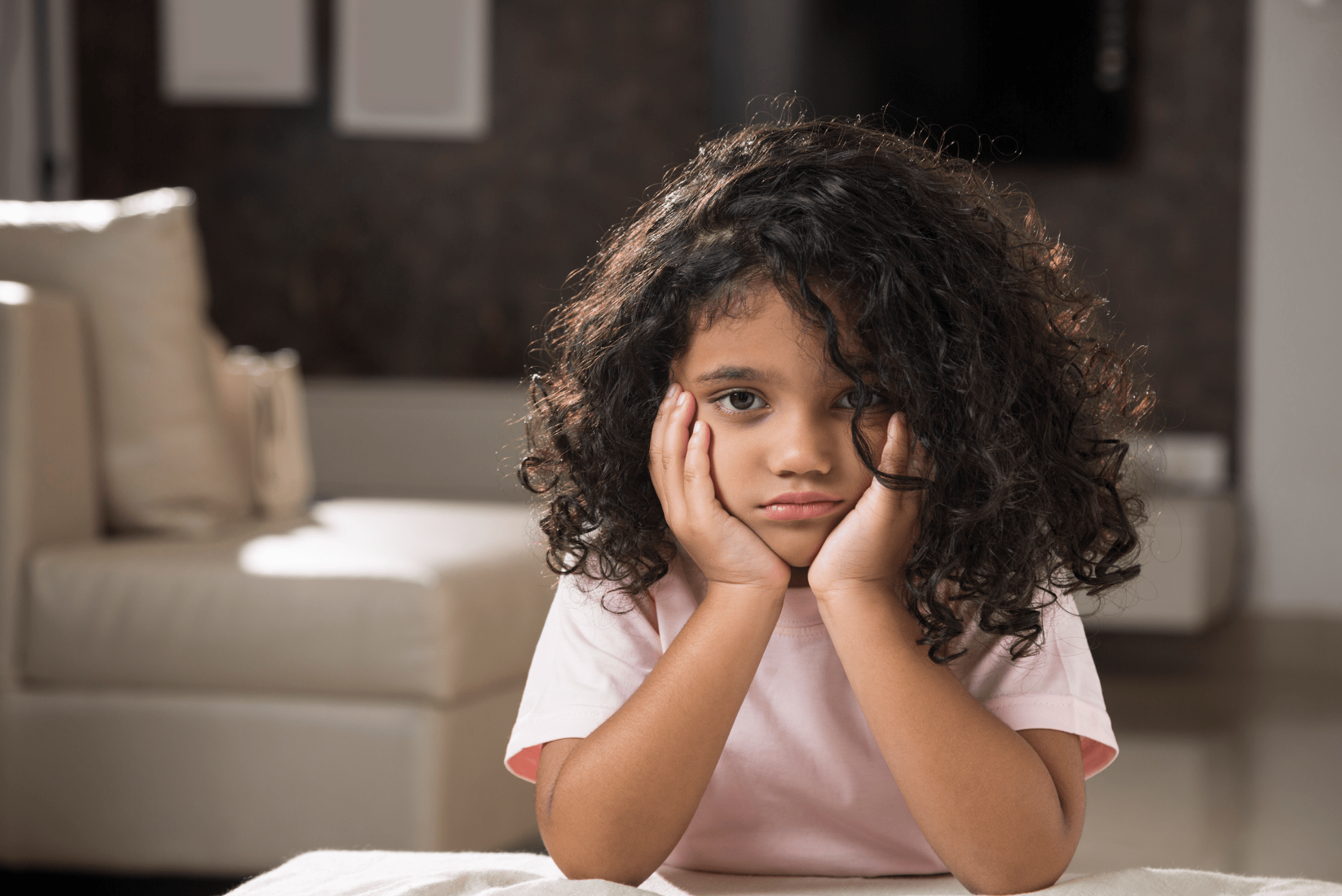
It can be difficult to diagnose anxiety in younger children, as they are less able to express their feelings in words that the adult world understands.
Tantrums, crying, angry outbursts can definitely all be a normal part of being a toddler! It also worth noting that toddlers and young children can often describe physical symptoms like tummy ache or headaches when they feel stress. These typically don't improve with medication like paracetamol.
So if you are worried your child's behaviour is out of the ordinary it's best to consult the advise of a professional like a paediatrician or psychologist.
What are the different types of anxiety disorder?

Doctors and psychologists categorise 5 main types of anxiety disorder depending on symptoms your child is experiencing.
Generalised Anxiety
Children with a Generalised Anxiety Disorder feel worried about a range of everyday events and activities. This worry is often accompanied by a frequent or even constant state of tension and nervousness, even when there is not obvious cause.
Separation Anxiety
Separation Anxiety Disorder (SAD) happens when a child feels very worried and upset when they have to be away from close family members like mum or dad. This is very common in early childhood, but in older childhood (typically over the age of 6 years) if can indicate most children begin to become more confident in school and social settings.
Social Anxiety
Social anxiety disorder is marked by intense fear or anxiety about social situations where your child is exposed to possible scrutiny or embarrassment. This may lead to avoidance of social interactions and significant distress. It can manifest with school avoidance or or in certain situations like parties or other social events.
Social anxiety can express itself in the form of selective mutism; where a little one is not able to speak at all in specific situations (like at school) even though they are able to speak elsewhere. Though this may seem like naughtiness it's actually often an expression of quite severe anxiety or stress even in teenagers.
Panic Disorder
In panic disorder, children experience repeated panic attacks, which are sudden episodes of intense fear or discomfort. Panic attacks may be accompanied by physical symptoms like rapid heart rate, shortness of breath, and dizziness. Sometimes symptoms can not be obviously linked to anxiety, like experiencing headaches or tummy aches without an obvious medical cause.
Phobias
It's common for kids to go through periods of being fearful about certain things like insects, heights, the dark or medical procedures. Phobias are a severe form of these fear that persist for months or years and significantly affect a child's ability to do normal day-to-day things.
What treatment if available for anxiety disorders in kids?
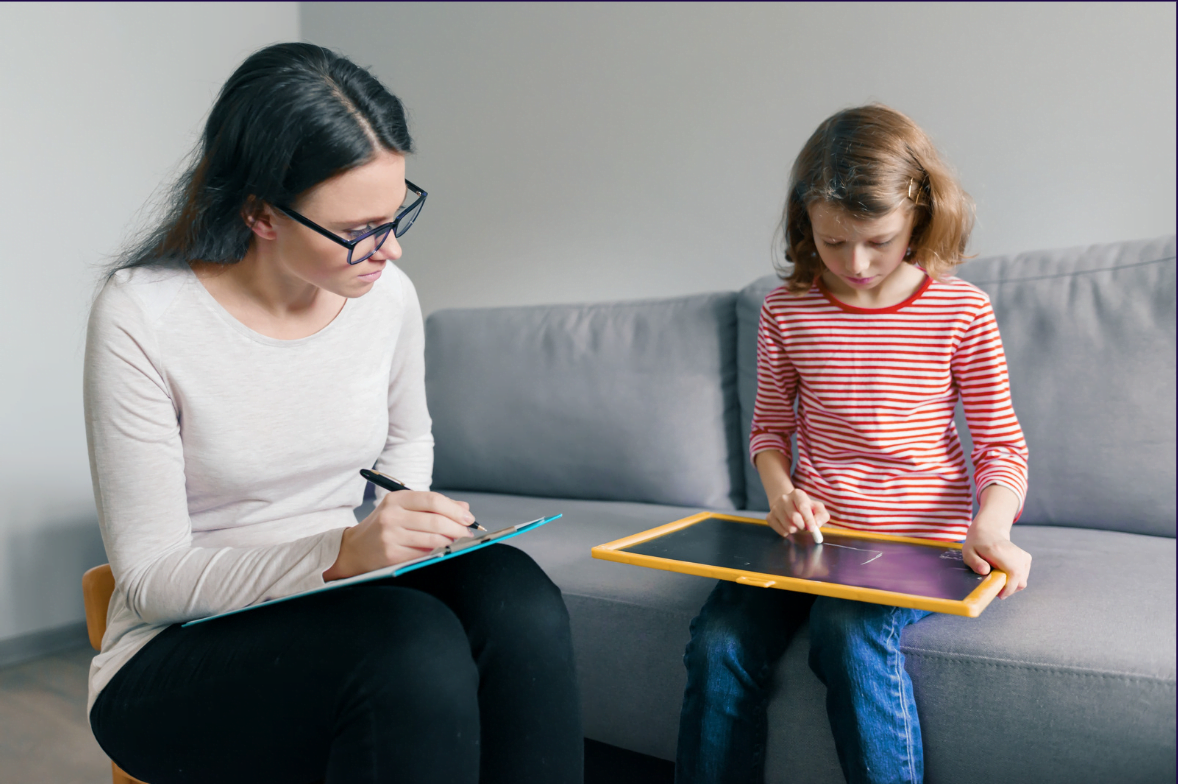
There is lots of support available for families impacted by childhood anxiety, and the first step is to identify and understand the problem.
Consider Underlying Causes
Before considering a diagnosis of an anxiety disorder, it's important for parents and carers to explore factors such as bullying, difficulties at home, or symptoms of other conditions like ADHD, autism and learning difficulties. It can be really hard for kids to express how they feel about problems at school and home, so creating a safe space and asking directly about them if your child is old enough is talk about it.
Treatments
The treatments available for anxiety disorders in childhood include counselling, play therapy, family therapy and, in some cases, medication. The right treatment depends on the age of the child and nature of the symptoms.
Support at School
There's often lots of help on hand via school services for children struggling with anxiety. Most schools offer dedicated counselling services. They can also help with Special Education Need assessments and plans, and can assist with an application for a formal Education, Health and Care (EHC) Plan if needed.
Support Groups and Charities
There are loads of great charities dedicated to helping improve children's mental health.
YoungMinds offer support, resources, and advocacy for young people and their families.
Place2Be provides mental health support within schools, offering counselling services to children and young people.
Childnet International focuses on online safety education and digital wellbeing for kids.
The Children's Society works on various aspects of child well-being, including mental health support and advocacy.
Barnardo's covers a wide range of child welfare issues, and offer support and services related to children's mental health and well-being.
Action for Children provides support and services for vulnerable and disadvantaged children, including those with mental health challenges.
Is anxiety a sign of ADHD or Autism?
Anxiety symptoms can often come hand-in-hand with other conditions including depression, attention deficit hyperactivity disorder (ADHD), autism, and learning difficulties.
However these are different medical conditions and it's important to get professional help and advice to help understand which of these your child might be affected by.
Can medicines be used to treat anxiety in children?
In some cases medication can help with an anxiety disorder in children. In most cases however treatment involves talking therapies, and support at home and at school.
Take Homes
Occasional fears and worries are normal in childhood; but approximately 1 in 8 UK children are experiencing anxiety that affects their everyday lives.
The anxiety symptoms checklist above offers can help you understand if your little one may need help with their anxiety.
There's lots of help out there - start with your school and with some of the many charities doing great work to support childhood mental health.

